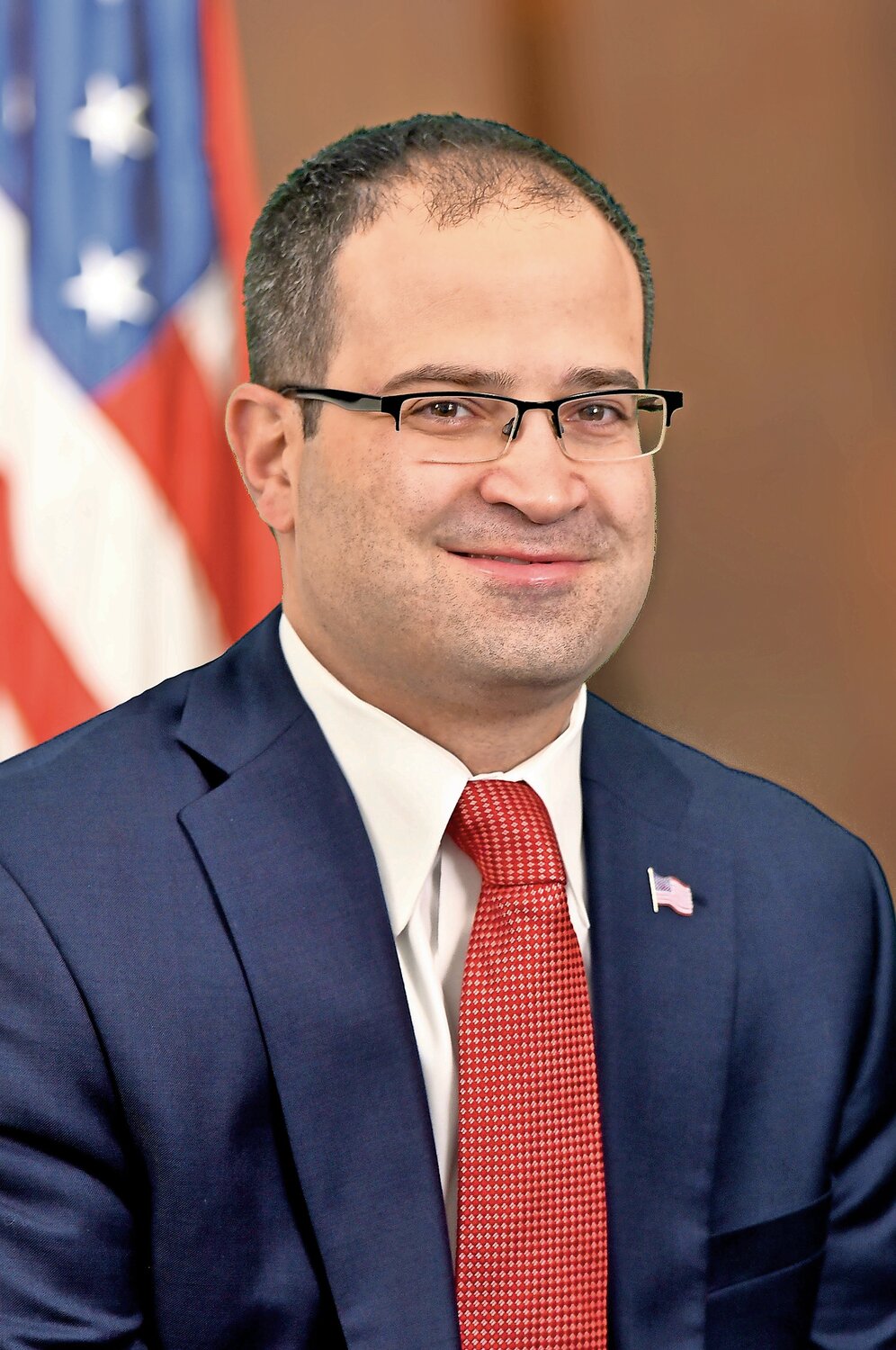Breaking down this year’s state budget
New York’s budget-making is a lot like taking one step forward and then one step backward: In the end, we haven’t gone anywhere.
We’ll starting with the silver lining — the final budget for fiscal year 2025 made significant restorations in areas such as education and infrastructure. Notable among these provisions is the reinstatement of Gov. Kathy Hochul’s proposed foundation aid cut to 56 Long Island school districts, increased penalties for stolen merchandise, safeguards for retail workers amid rising incidents of theft, and investments in infrastructure and clean-water initiatives to fortify communities across Long Island and the state. These measures will improve our local quality of life and lay the groundwork for long-term economic resilience.
Assembly Republican proposals were instrumental in shaping this year’s spending plan, including advocating against the governor’s original plan, which would have disproportionately impacted Long Island school districts; pushing for increased penalties for retail theft and squatting; fighting for increased investments in clean water, roads and bridges; and calling for increased tuition assistance for college students. The increase in the minimum TAP award to $1,000 and the increased income threshold mirror a bill I first introduced in 2021. These provisions will help alleviate the financial burdens of higher education for many middle-class families.
New York’s affordability crisis extends beyond groceries and rent, hitting Long Island families particularly hard with the exorbitant cost of child care. Regrettably omitted from this year’s budget were enhancements to child care programs and additional tax credits aimed at providing further support to families statewide. I believe child care is essential, which is why I’ve unveiled the Blueprint for Childcare, or ABC, Plan to alleviate this burden.
With proposals such as increasing tax incentives for families and providers, expanding access to early-childhood education and ensuring fair support statewide, my goal is to save families more than $2,300 annually and enhance child care quality. By addressing regional cost factors and barriers, like those on Long Island, and investing in our children’s future, we can combat rising child poverty and ensure that every family has the opportunity to thrive.
However, we can’t get too busy patting ourselves on the back for these well-intentioned measures while the specter of a budget deficit looms ominously on the horizon. With a record-breaking spending plan of $237 billion, this wasn’t our first state budget to be passed weeks late and without a financial plan in place prior to passage — and it won’t be our last. While this year’s state tax receipts have exceeded projections, the multi-billion-dollar deficit continues to be a concern for future budgets. Without the important information a complete financial plan would provide, legislators were left in the dark regarding out-year spending projections and potential multi-billion-dollar deficits.
The budget process persistently resembles a game of legislative Whac-A-Mole, with key details emerging haphazardly, and only after the ink had dried on the final draft. Hochul’s laissez-faire attitude toward budgeting has led to reckless state investments, like $2.4 billion being earmarked for the migrant crisis in New York City, eyebrow-raising measures like Good Cause Eviction and the continuation of economic development programs that spend billions but have little return on their investment. It’s clear that the Empire State’s legislative plans are in dire need of a reality check. Transparency and public input, once pillars of democratic governance, continue to erode, leaving constituents in the dark about their financial commitments. We can do better.
Ed Ra represents the19th Assembly District, and is the ranking Republican on the Assembly Ways and Means Committee.

 66.0°,
Fair
66.0°,
Fair 




